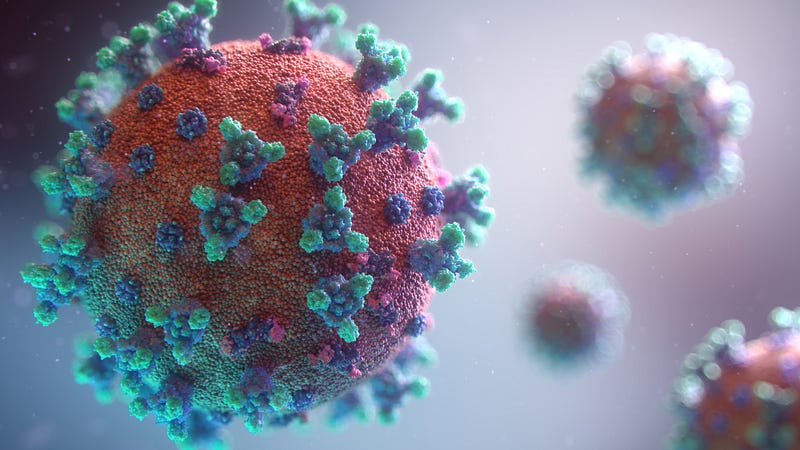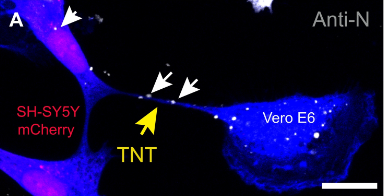COVID-19: How the Virus Might Reach the Brain
Written on
Understanding COVID-19's Reach
When people think of COVID-19, they often associate it with respiratory issues like coughing and difficulty breathing. However, the virus is adept at infiltrating other organs beyond the lungs, including the intestines, liver, kidneys, and heart. This widespread capability is largely due to its use of the ACE2 receptor, which is present in many of our cells, essentially giving the virus multiple entry points into the body.
Nevertheless, the brain has a different profile. While ACE2 receptors exist in brain tissue, they are less abundant and localized in specific areas. This leads to the question: Is the brain truly safeguarded from SARS-CoV-2?
Regrettably, the answer appears to be no. Research indicates that even mild COVID-19 cases can alter brain structure, and individuals suffering from long-COVID frequently report cognitive issues such as confusion and memory lapses.
The Pathway to the Brain
So, how does the virus manage to penetrate the brain? Does it simply breach the limited gates available?
Recent studies reveal that SARS-CoV-2 may create tunneling nanotubes to facilitate its journey to the brain.

In this investigation, researchers placed human and mouse neurons in a Petri dish and introduced the virus. Initially, neither type of cell showed signs of infection. However, when epithelial cells—often found in the nasal cavity—were added, a significant number of brain cells (62.25%) exhibited infection within 48 hours.
How does the virus transition from epithelial cells to brain cells? Cells communicate via various methods, one of which includes tunneling nanotubes (TNTs). Could the virus exploit these structures?
The evidence suggests it can. The mixed cultures demonstrated a notable increase in the length and quantity of TNTs among infected cells compared to uninfected ones. Further examination revealed viral particles traversing these cellular pathways.

As depicted, the SARS-CoV-2 virus efficiently uses these nanotubes to spread from epithelial to neuronal cells, bypassing the need for ACE2 receptors.
Concluding Thoughts
This research highlights that SARS-CoV-2 can hijack TNTs to move between connected cells, which may play a role in the virus's spread to neurons that are typically resistant to infection. While this study offers valuable insights, further research is essential to understand its implications for actual patients. If these findings hold true in living subjects, targeting these cellular highways might present a novel therapeutic strategy.
Stay safe and healthy. Thank you for reading! If you're interested in broader discussions surrounding science, philosophy, and technology, consider subscribing to my newsletter, Thinking Ahead.
Exploring the Impact of COVID-19 on Brain Health
This video delves into the relationship between COVID-19 and neurological health, discussing how the virus may influence brain function.
Finding Hope in Difficult Times
In this video, experts emphasize the resilience of the human spirit during the pandemic and highlight promising developments in the fight against COVID-19.